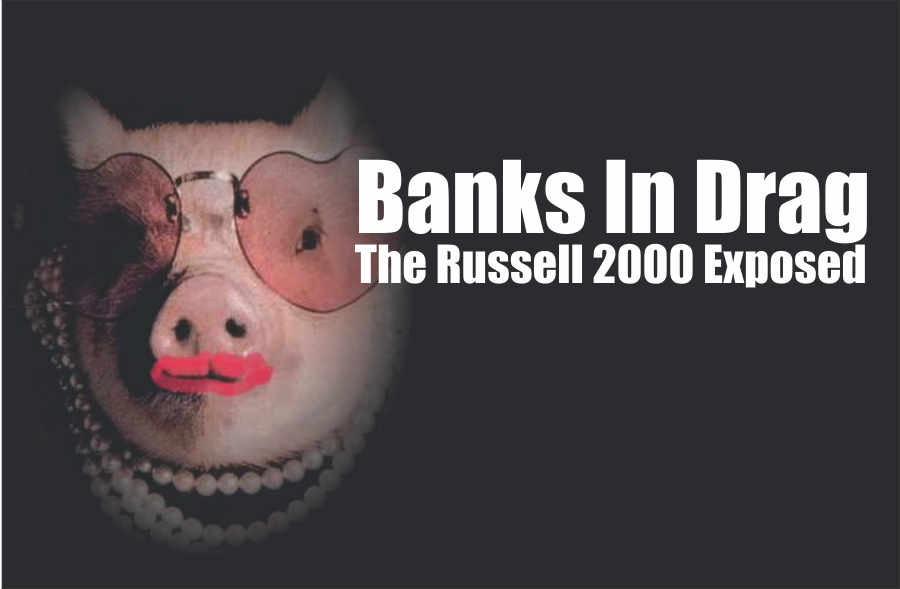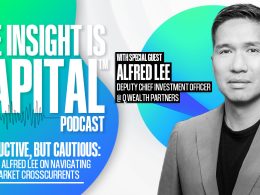by Brad Tank, CIO, Fixed Income, Neuberger Berman
As Bob Dylan wrote way back when, “The Times They Are A-Changin’.” With the election of Donald Trump to the White House, they surely have. But perhaps not quite as dramatically as some commentators believe. If I look back over the CIO Weekly Perspectives written by myself and my colleagues over the past nine months, many of the current market trends were in plain view. In fact, much of what just happened in the U.S. is simply the amplification of a series of global trends that were already in place.
For evidence, look at the central banks piece written back in March: Central Banks Just Pulled Back from the Abyss. This described the growing recognition that central banks had reached the limits of policy intervention. And, as a result, the consensus was moving away from the aggressive pursuit of negative rates in the realization that central banks had done all they could, and that the burden of lifting growth and opportunity needed to shift to political leaders and legislators.
As the summer unfolded, my colleague, Joe Amato, President and Chief Investment Officer – Equities, wrote a piece on infrastructure entitled The World Turned Upside Down. Joe’s piece also referred to the end of central bank dominance and the need for political leadership to embrace the concept of structural reform and pro-growth policies. In some ways, Joe’s words back in July were prophetic: “The more unified the political control [in the U.S.] and the worse the economy is doing, the more likely we are to see a deal [on infrastructure].”
Turning Japanese
This August, I wrote about Japan in a piece entitled Lost in Translation.
This examined Prime Minister Shinzo Abe’s latest economic stimulus package and how it was focused on fundamental labor market reform. His proposals included increasing wages for educators, changing the laws to encourage two-earner households, and improving the economics and availability of childcare. I concluded that some of the policies that Abe was pursuing would be emulated by other parts of the developed world.
Markets have been reflecting these changes for a while. Forward inflation indicators and interest rates bottomed in July and have been moving up for the past four months. Since July, bank stocks have outperformed utilities by nearly 50%, with nearly half the gain taking place through October. Commodities turned the corner even earlier, bottoming out in February.
This change in sentiment partly reflects the better growth story, but it also lends support to how fearful the market had become over the prospect of even lower rates. Indeed, the corrosive economic effects of negative interest rates probably won’t be fully appreciated for some years.
End of an Era?
Back to the present. The rapid lift in interest rates following the U.S. election has of course coincided with a much more optimistic re-pricing of risk assets in the U.S., namely stocks and credit spreads. We believe it reflects a dramatic shift in the markets’ views with respect to growth and inflation. It has happened fast and is barely reflected in any economists’ forecasts at this point. As such, it may be the “dynamite” required to blow up the log jam of the lingering aftereffects of zero interest rate policy. It provides the U.S. Federal Reserve the air cover they seem to need to continue raising rates. “ZIRP” has lost its punch, just as former Fed Chairman Ben Bernanke long ago predicted it would, and it needs to be left behind. We believe this is the beginning of the end of an era.
It may seem odd to hear a career bond man crowing about rising rates but remember, over the long term, bond market returns are all about income and, more importantly, about real income. We’ve spent a number of years struggling to find either in the higher quality bond markets. We believe the persistence of negative real rates in short to intermediate high grade fixed income is simply a recipe for losing money. For a long-term investor, the end of this era is coming none too soon.
In Case You Missed It
- Italian Constitutional Referendum: Reform law was voted against by 59.11% of the voters
- ISM Nonmanufacturing: +2.4 to 57.2 in October
- European Central Bank Policy Meeting: Governing council extended its quantitative easing program until the end of 2017 but at a reduced pace of 60 billion euros a month from 80 billion euros
What to Watch For
- Wednesday 12/14:
- U.S. Producer Price Index
- U.S. Retail Sales
- FOMC Rate Decision
- Thursday 12/15:
- U.S. Consumer Price Index
- NAHB Housing Market Index
- Friday 12/16:
- U.S. Housing Starts and Permits
– Andrew White, Investment Strategy Group
Copyright © Neuberger Berman















